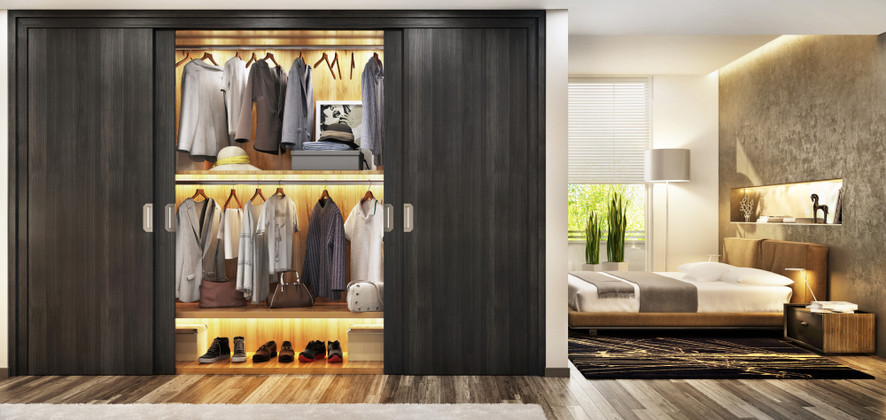LED Lighting 101: Everything You Need to Know
May 19th 2020
The right lighting for your home is essential. It’s a chance for you to showcase your style, decorate, and, above all, safely and comfortably illuminate your space. Choosing the right lighting can seem daunting. There are so many options. Even once you’ve decided on the fixtures, there are important decisions to make. It’s best to arm yourself with all the information you need before deciding on which lighting solution is best for you.
Incandescent “traditional” lighting
Starting as far back as 2012, efforts were being made to begin phasing out some of the higher-wattage bulbs on the market. It started with a ban on the manufacture or importation of 100-watt bulbs and expanded from there. The rationale was simple: incandescents waste energy. A lot of energy. Only roughly 10 percent of the energy consumed by incandescent bulbs produces visible light. The other 90 percent? It escapes as heat. These bulbs, which have changed little since the days of Thomas Edison, are on their last legs, and for good reason. They are inexpensive to purchase, but you get what you pay for. That electricity bill will have you screaming for a better option.
Compact fluorescent lights (CFL)
CFLs use substantially less energy than incandescent bulbs. Approximately 70 percent less, which can offer considerable savings. CFLs come in many sizes and styles and can be used to replace standard incandescent bulbs fairly easily and do offer some cost benefits. However, depending upon temperature and a number of other factors, they can take a long time to come to full brightness. Turning them off and on with frequency can also damage them and shorten their lifespan. CFLs should not be used with dimmer switches, which limits the versatility of the bulb as a household light source. One other unfortunate piece to the CFL puzzle is the mercury content. Some brands encase the glass tube in a protective outer plastic covering to help contain the mercury should the bulb break, but there is the hazard, expense, and inconvenience of properly disposing of CFLs to consider.
Light-emitting diode (LED)
LEDs are extremely energy efficient, using only a fraction of the energy of a standard CFL and many times less energy than comparable incandescent bulbs. An LED bulb only needs about 8 watts to produce the same amount of light as a 60-watt incandescent. LEDs often have much longer lifespans, often more than 100,000 hours. LEDs can produce brighter light than other types of bulbs while consuming less energy in the process. There have been remarkable advances in LED technology in recent years. Whereas the first LEDs could only produce red light, they now produce light across the entire visible spectrum. The compact nature of the diode itself means many can be packed into a small space, or that they can be arranged in more “traditional” patterns to mimic and replace traditional bulbs. LEDs have no wire filaments to heat up, so they remain cool to the touch even after having been left on for multiple hours. Because they react directly to the amount of energy flowing through the diode, they can be safely dimmed. LED’s versatility means they can be made to be sleek and streamlined or even mimic the look of trendy, old-fashioned-style “Edison bulbs” with long, over-pronounced filaments.
When considering lighting for your next renovation, installation, or just to replace a burnt-out lightbulb, LEDs are your best choice. They are versatile, energy efficient, safer for the environment than CFLs, and don’t cost much more up front than your standard bulb. There is an LED bulb for every one of your household lighting needs.


